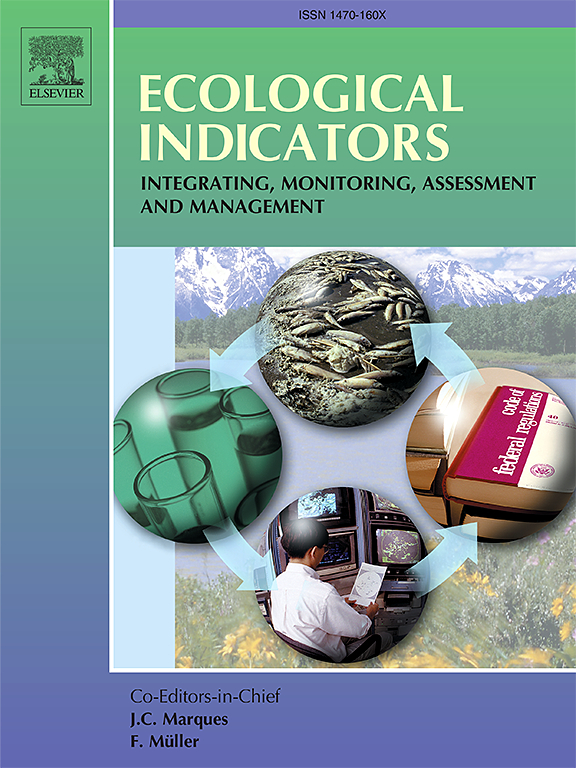Identification of ecological security pattern in the Qinghai-Tibet Plateau
IF 7
2区 环境科学与生态学
Q1 ENVIRONMENTAL SCIENCES
引用次数: 0
Abstract
The Qinghai-Tibet Plateau (QTP) is a critical ecological region that plays a vital role in maintaining biodiversity and ecosystem services in Asia. However, this region is increasingly threatened by climate change and human activities, leading to degradation of ecosystems and loss of biodiversity. Understanding and protecting the ecological security pattern (ESP) of the QTP is essential for ensuring its long-term resilience and stability. This study aims to construct a comprehensive ecological security pattern for the QTP by identifying key ecological sources, corridors, and barriers. We assessed ecosystem service importance, ecological sensitivity, and the locations of nature reserves to determine the spatial distribution of ecological sources. The Minimum Cumulative Resistance (MCR) model and circuit theory were used to map ecological corridors and identify critical pinch points and barriers. The findings show that ecological source areas cover 13.6 % of the QTP’s total area, with most located in the central and eastern regions. We also identified 34 primary and 64 secondary ecological corridors, spanning a total length of 13,667 km. The study highlights the vulnerability of these corridors due to their narrow dimensions, which hinder the movement of species and ecological processes. Furthermore, critical ecological zones such as ecological expansion and conservation areas cover 66.9 % of the region, while ecological protection areas occupy only 10.4 %. The results underscore the need for targeted conservation strategies to enhance ecological connectivity and protect key ecological functions on the QTP. This research provides essential insights for sustainable development and the conservation of biodiversity in the region.
求助全文
约1分钟内获得全文
求助全文
来源期刊

Ecological Indicators
环境科学-环境科学
CiteScore
11.80
自引率
8.70%
发文量
1163
审稿时长
78 days
期刊介绍:
The ultimate aim of Ecological Indicators is to integrate the monitoring and assessment of ecological and environmental indicators with management practices. The journal provides a forum for the discussion of the applied scientific development and review of traditional indicator approaches as well as for theoretical, modelling and quantitative applications such as index development. Research into the following areas will be published.
• All aspects of ecological and environmental indicators and indices.
• New indicators, and new approaches and methods for indicator development, testing and use.
• Development and modelling of indices, e.g. application of indicator suites across multiple scales and resources.
• Analysis and research of resource, system- and scale-specific indicators.
• Methods for integration of social and other valuation metrics for the production of scientifically rigorous and politically-relevant assessments using indicator-based monitoring and assessment programs.
• How research indicators can be transformed into direct application for management purposes.
• Broader assessment objectives and methods, e.g. biodiversity, biological integrity, and sustainability, through the use of indicators.
• Resource-specific indicators such as landscape, agroecosystems, forests, wetlands, etc.
 求助内容:
求助内容: 应助结果提醒方式:
应助结果提醒方式:


